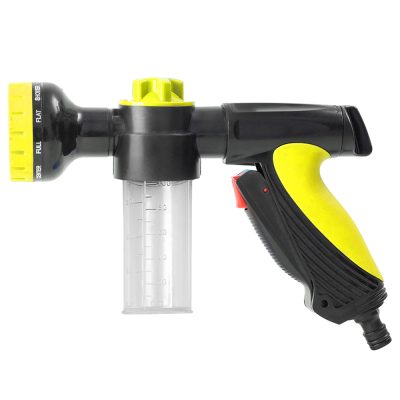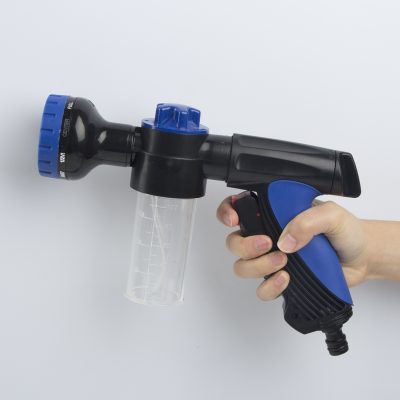In China, many people use PPR pipes as hot water pipes. That doesn’t mean this type of piping is of poor quality, but PPR piping is simply not suitable for hot water piping!
It can be understood that PPR pipes have the disadvantages of poor high temperature resistance and large thermal expansion coefficient, which is due to the molecular characteristics of raw polypropylene itself, whether imported or domestic. Therefore, the Ministry of Construction [2001] No. 54 document clearly stipulates that the long-term working temperature of the PPR pipe shall not exceed 70 ℃. Generally speaking, when the temperature is lower than 5 ℃, the PPR plastic pipe is easy to be embrittled and broken. When the temperature is higher than 60°C, the safety performance and service life will be greatly reduced. When the thermal expansion coefficient is higher than 40°C, the pipe is easily deformed by expansion.
The production of raw materials determines the defects of PPR plastic pipes as hot water pipes. In the case of long-term flushing of hot water, the pipeline will become soft and deformed, which will gradually lead to rupture and leakage, affecting normal life. In the Northeast, for example, ruptures and leaks of plastic pipes are endless. The temperature difference between day and night is large, and the alternation of cold and heat accelerates the aging of the PPR pipeline. At the same time, under hot water flushing, the PPR pipe is more likely to precipitate the plasticizer contained in the plastic pipe itself. This is a chemical substance that is harmful to the human body, and the secondary pollution of domestic water is more serious.






